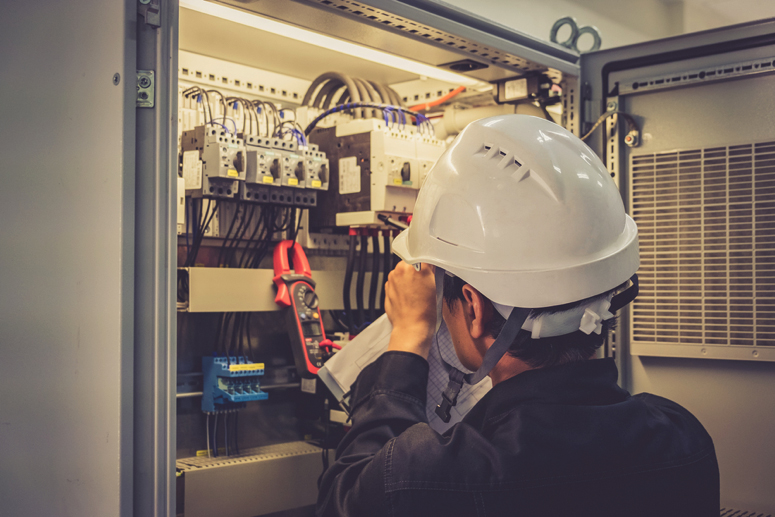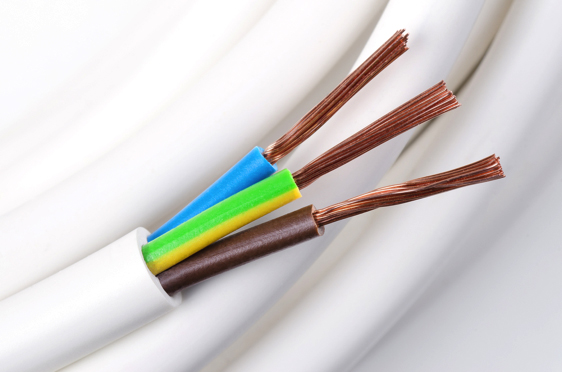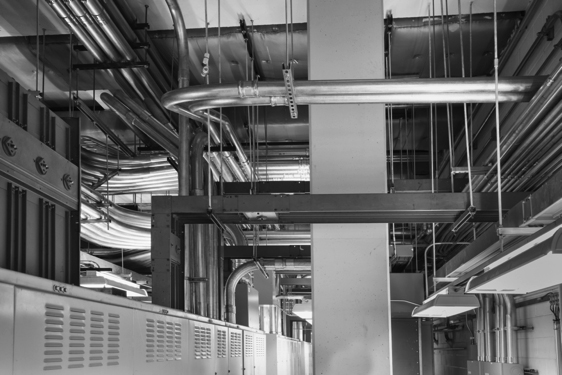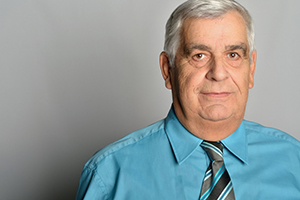A look at ways to speed up the installation process using time-cutting measures without compromising standards.

Tough commercial installations
Commercial electrical installations are a tough job by any standard. As an electrician, you have to pay extreme attention to detail (locations of convenience sockets, lamp types, signal systems, etc.), while also having a broad overview of the electrical system of the building as a whole. Residential installation may seem like child’s play in comparison.
Commercial projects are also time constrained, as you have to negotiate schedules with other aspects of construction. Electrical wiring is a crucial part of the chain for new construction, as well as retrofitting and renovation, but it is still part of a chain, nonetheless. Therefore, it may be wise to find ways to speed up the process of installation where possible.
Speed through factors
The factors that affect large commercial electrical installation include busways, wiring, raceways and conductors. Each can be optimized to provide some time savings. From the use of I-line busways to EMT raceways, here are a few ways to improve the speed of commercial electrical installation.
- Type of busway
Using an I-line busway over cable and conduit can boost your speed. The busway is one of the most important parts of any commercial electrical installation.Electricity is passed through a conductor, which is typically copper wire. The copper is not allowed to touch anything, or else it may lose the current. That is why conductors come with some kind of cover or sheath. Together, they make a wire.Many wires can be bundled together with a single sheath to deliver more electricity. This is called a power cable. In lieu of a power cable, many electrical installations use a busway or bus duct.The busway is a series of sheet metal ducts used to carry large amounts of current. The I-line busway is noted for having among the easiest installations, which is why it is a good choice if you want to speed things up.
- Wiring method
Due to the plethora of regulations that exist in regard to wiring, this is actually a factor over which electricians will have little control. Regulations exist partly because of the sensitivity of wiring materials to degradation by heat, moisture and age. Even a light commercial installation may see several wiring changes a year. Facilities that handle special chemicals may be even more restricted by their wiring methods. Regardless of your wiring method, you will find that preparation, staging and proper organization techniques will increase the speed of installation. These include straightening the cable out first, so it’s easier to slip through holes, neatly packing electrical boxes and making snagless fish tape connections.
- Type of raceway
The raceway is the part of the electrical system that protects the cables from the elements. It is basically an enclosed metal box in which the cables are placed, protecting them from heat, humidity, corrosion, etc.If the raceway is well grounded, it can also serve to deflect radio frequencies. In some occasions, plastic is used instead of metal, but only in cases where the cables have their own RF-shielding, as plastic does not provide this.There are many kinds of raceways, but one of the easiest and quickest to install is electrical metal tubing. Made from galvanized steel or aluminum, EMT is lightweight and easy to bend, cut and ream.
- Conductor size
The conductor is the wire that carries electricity from the source to the eventual destination. The wires can be coated or uncoated, and they come in a variety of sizes, which are based on capacity and material. The primary determinant of the conductor size is the amount of electricity you will be running through it. This leaves little area for impact on the speed of installation.
Speed through components
Any major commercial electrical installation will have certain key components. These are a service entrance, distribution panelboard, lighting, convenience outlets, emergency lighting and signals, and various branches, feeders, etc. Increasing your speed could be as simple as the small choices you make when it comes to these parts of the system.

- Service entrance
The service entrance is where the electricity from the grid officially becomes electricity used by the building or service. It could be something like the overhead wires leading to a building from a nearby utility pole. In a residential installation, the service entrance (or service drop) could be a circuit breaker or fuse box. In commercial installations, it could be a trough with up to six main switches.Setting up a service entrance is a matter of knowing the architecture of a building and the nearby power sources. For quicker installation, set it up as close to the external grid as you can, while taking into account the needs of the building.
- Distribution panelboard
The distribution panelboard is the part of the system that distributes electricity to the various parts of the building through subsidiary circuits once the electricity has come in through the service entrance. The distribution board also serves as a fuse or breaker. To increase speed, pick distribution boards with large wiring space, easy to use door handles and colored labels. And of course, keep the distribution panel as close as possible to the service board.
- Lighting
The principles behind lighting design for a commercial property could probably fill an entire library. There are many things to consider. In terms of electrical installation, since you fit lights in toward the end of the construction process, there are few improvements that can be gained by being selective for speed. Just keep in mind to start with general lighting needs first and then move to specifics.
- Convenience outlets
No household item has influenced modern life more than the wall outlet. Practically unchanged since it was first invented, it has provided untold billions with the ability to power all the other amenities that make modern life possible. For commercial installations, the type of outlets you use will depend on the needs of the building (e.g., such things as how many people will be likely to use a given space over the course of a day).Moreover, the rest of your electrical system (particularly the cables) also have an influence on what kinds of sockets you install. Speed improvements, therefore, exist mainly in pre-outlet installation.
- Emergency lighting and signal systems
As with lighting fixtures, exterior lights and signals come toward the end of an installation. So, in terms of speeding up installation, all you can do here is position them in a manner that is most conducive to easy wiring.
- Branch circuits, feeders, etc.
The use of branch circuits and feeders all depend on the service and distribution boards you installed. You can only gain speed boosts here by selecting the best boards for speed, as discussed above.
Getting it right
The client’s specifications trump all else when doing an electrical installation. Never sacrifice their needs for speed. It is always better to have a slow job done well, than a hurried job that ends up being a complete mess.
But so long as you maintain quality and have control over how quickly you can wire the project, you should certainly use some of these time-cutting measures. They will lead to lower costs and happier clients.
 About the Author
About the Author
Carl Babb is a retired Electrical Engineer from Massachusetts who blogs about the industry for Relectric.com. He is passionate about Green Energy and Sustainable Building practices. Now retired he enjoys writing, spending time with his grandchildren and staying current (pun intended). For more from Carl visit the Relectric Blog.



 About the Author
About the Author